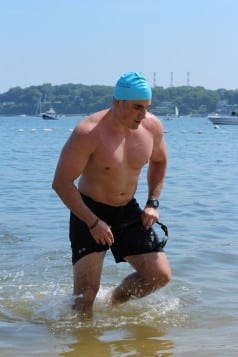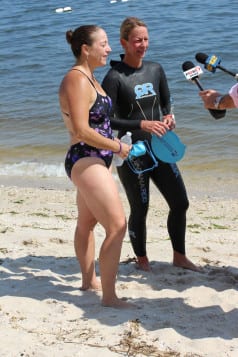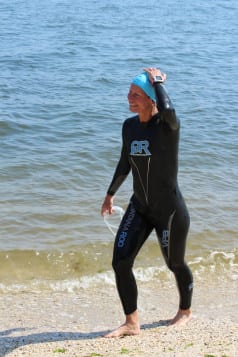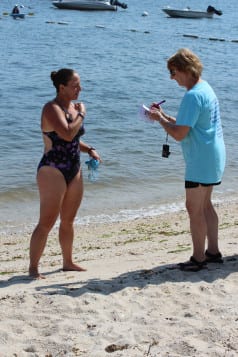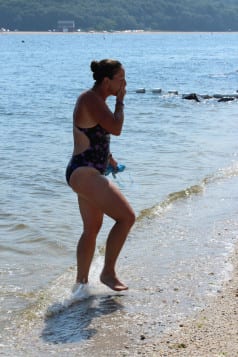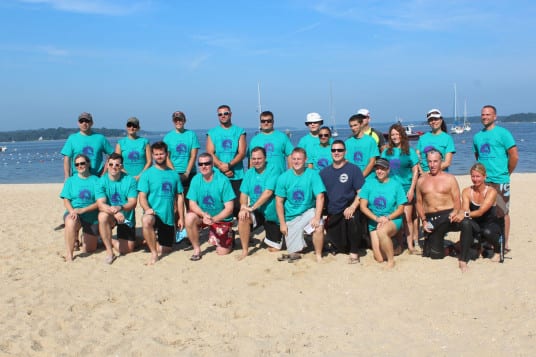High cholesterol is a problem that affects a countless number of people in the United States. One of the challenges is that it has no noticeable symptoms but may result in an increased risk of cardiovascular disease, including heart attacks and strokes. So what do we do about it?
Currently, the standard medical treatments for high cholesterol are statins. Statins include rosuvastatin (Crestor), atorvastatin (Lipitor), simvastatin (Zocor) and pravastatin (Pravachol). But now a new drug has been approved by the FDA, and it is the first drug in a new class, proprotein convertase subtilisin/kexin type 9 inhibitors or, more affectionately and easier to say, PCSK9 inhibitors.
The first medication approved in this class was Praluent (alirocumab) on Friday, July 24, 2015 (1). PCSK9 inhibitors are monoclonal antibodies that turn off specific proteins in the liver, reducing the levels of LDL, the “bad” cholesterol (2). Right behind, Repatha (evolocumab), another PCSK9 inhibitor, was just recommended by the FDA advisory board. Usually the FDA follows advisory board recommendations.
Therefore, we will likely have two drugs from this class approved and on the market.
Will PCSK9 inhibitors take the place of statins?
Hardly, at this point. The FDA has taken a conservative and narrow approach when it comes to indications for alirocumab (1). Patients who have either heterozygous familial hypercholesterolemia (FH), a genetic disease that affects about 1 in 500 Americans, or those who have atherosclerotic cardiovascular disease (ASCVD), meaning they have had heart attacks, strokes or chest pain due to plaque buildup in the arteries, are presently candidates for treatment. And then, only if both lifestyle modifications and the highest tolerated dose of statins are not sufficient to produce the desired effects. Then, PCSK9 inhibitors may be added to lower LDL further. Patients who are intolerant of statins and who do not have cardiovascular disease are not currently candidates. This may change, but not at the moment.
Class effectiveness of alirocumab and PCSK9
These drugs have been shown to significantly reduce the LDL levels. In five randomized controlled trials, the gold standard of studies, alirocumab was shown to reduce LDL levels by between 36 and 59 percent over placebo (3).
Ironically, though it lowers the LDL considerably, 10-year risk assessment calculator for cardiovascular disease based on the Framingham Heart Study does not include LDL as a consideration (4).
Caveats for this new drug class
There are two significant limitations. One is the outcomes data, and one is the cost. Oh yeah, and I forgot to mention that you need to inject the drug every two weeks.
While this class has shown impressive results in reducing LDL levels, especially compared to statins, it is still in trials to determine whether the reduction in bad cholesterol actually translates into a reduction in cardiovascular events. Trials are not expected to be finished until 2018 (5). This may be one reason for the FDA’s limited treatment population.
Already, drug costs seem to be soaring. Just when we thought they were getting better for statins, since most of them now are generic, here comes a new class of cholesterol-lowering drugs with an even higher price tag. The annual cost for treatment is expected to be around $14,600 (3). This does not help. According to Sanofi and Regeneron Pharmaceuticals, the companies involved, this is a low price for the type of drug, monoclonal antibodies, and the savings from preventing cardiovascular events will be worth the price.
Ironically, the drugs have yet to demonstrate this outcome.
The side effect profile
Unfortunately, with just about every medication there is the dreaded side effect profile. Presently, it seems that alirocumab has a mild side effect profile. These include itchiness, bruising, swelling and pain in the site of injection, flu symptoms and nasopharyngitis (inflammation of the mucous membranes of the nasal passages and pharynx) (3). There were also some allergic reactions that involved hospitalization. As a class, monoclonal antibodies are known to potentially precipitate significant infection. We will have to wait and see whether or not this is the case with PCSK9 inhibitors. Remember, it took a number of years before we knew some of statins’ adverse reactions and the extent of their side effects.
The role of statins
With the recent ACC/AHA guidelines for statin use, published in 2013, these drugs continue to be prescribed for a broader audience of patients. They recommend that those who have LDL levels between 70 and 189 mg/dL and at least a 7.5 percent risk of a cardiovascular event over 10 years are candidates for statins for primary prevention, and this is cost-effective (6). That does not mean these patients necessarily need to have elevated total cholesterol nor elevated bad cholesterol.
In an even broader recommendation, a recent study suggested that people between the ages of 75 and 94 could be on a generic statin for primary prevention of a heart attack or death as a result of coronary heart disease (7). These results were based on using two studies and then forecasting from those results. The authors suggested that this may be both clinically and financially effective. However, they did acknowledge that this would exclude those with adverse reactions to statins.
Have we gone too far with this recommendation? According to an editorial in the same journal, harm from modest side effects would most likely limit the use of these drugs in this population (8).
Impending triglycerides
In two trials, results show that patients who have acute coronary syndrome (ACS) and who are treated with statins have a 50 to 61 percent increased risk of a cardiovascular event in the short term and long term if their triglyceride levels are mildly elevated, either greater than 175 or 195 mg/dL depending on which of the two studies is considered (9). ACS is defined as reduced blood flow to the heart resulting in unstable angina (chest pain), heart attack or cardiac arrest. In one of the two trials, the long-term effects of high triglycerides >175 mg/dL were compared to triglycerides <80 mg/dL. Almost all of the patients were on statins and had LDL levels that were near optimal (<70 mg/dL) with a mean of 73 mg/dL. By the way, “normal” triglycerides, according to most labs, are <150 mg/dL.
Move over bones — vitamin D for healthy cholesterol
In a non-drug-related study, it turns out that high vitamin D levels in children are associated with lower total cholesterol levels, non-HDL “bad” cholesterol levels and triglyceride levels overall (10). The authors note that higher non-HDL levels in children may result in a greater risk of cardiovascular disease in later life.
Though it is exciting to have more options in the arsenal for medical treatment, the moral of the story is that those who do not fit the FDA’s criteria for usage should most likely watch and wait to see how longer term side effects and outcomes play out. Statins are beneficial, as we know, but we may be overreaching in terms of the patient population for treatment. In my clinical experience, lifestyle changes including diet and exercise are important for reducing triglycerides to normal levels. And finally, it is never too early to start mild prevention for cardiovascular disease, such as by managing vitamin D levels.
References:
(1) FDA.gov. (2) health.harvard.edu. (3) medpagetoday.com. (4) cvdrisk.nhlbi.nih.gov. (5) J Am Coll Cardiol. 2015:23;65(24):2638-2651. (6) JAMA 2015; 314:134-141. (7) Ann Intern Med 2015; 162:533-541. (8) Ann Intern Med 2015; 162:590-591. (9) J Am Coll Cardiol 2015; 65:2267-2275. (10) PLoS One. 2015 Jul 15;10(7):e0131938.
Dr. Dunaief is a speaker, author and local lifestyle medicine physician focusing on the integration of medicine, nutrition, fitness and stress management. For further information, go to the website www.medicalcompassmd.com or consult your personal physician.




